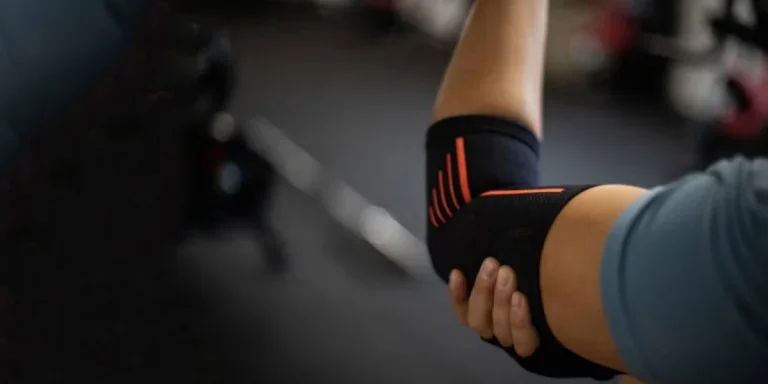Bicep supports are designed for different purposes. Some consumers may want to enhance their overall performance by wearing bicep supports, whereas others may be recovering from an injury or want to be more comfortable during workouts.
Whatever the reason, choosing the right kinds of bicep supports is very important, which is why consumers will want to look at different variations of them before making their purchase. Keep reading to learn more about the best-selling types of bicep supports.
Table of Contents
Global market value of compression sleeves
Top selling types of bicep supports
Conclusion
Global market value of compression sleeves
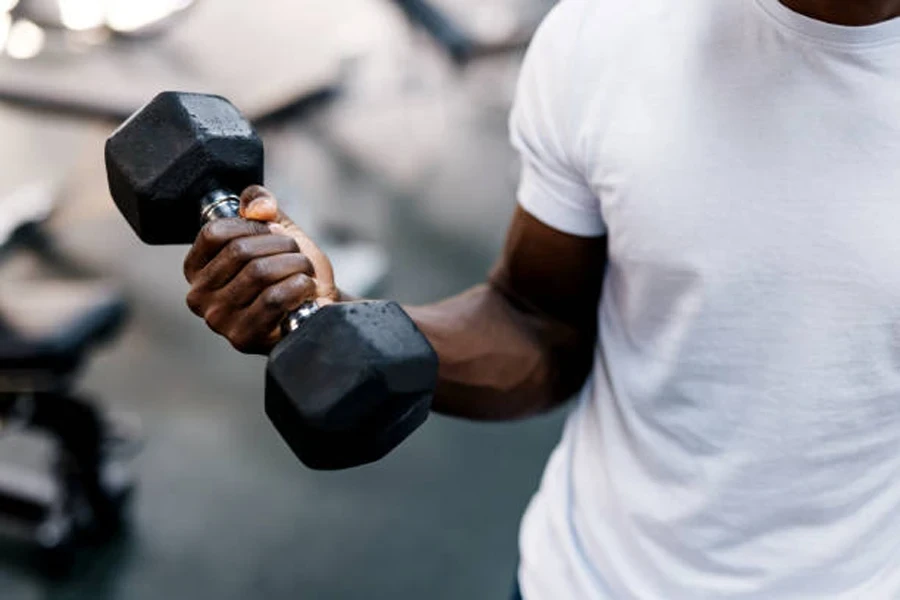
Compression sleeves are just one part of the muscle support market, but their sales are among the highest. With a greater number of the world’s population taking an interest in their overall health and wellbeing, hitting the gym or playing sports has become more popular. This in turn has caused a greater demand for accessories that can help aid in recovery as well as enhance overall performance by targeting certain muscle groups.
Bicep supports are an example of highly sought-after compression sleeves for sports, as many injuries can occur in this area with activities such as weightlifting or crossfit.
By 2032, the global compression sleeves market is projected to reach at least USD 2.2 billion. That’s a compound annual growth rate (CAGR) of 4.9% from 2022, when the market value was USD 1.26 billion. This estimation does include compression sleeves that are used outside of the sporting world, but sport-specific compression sleeves are very high in demand among consumers.
In the coming years, the market is expecting different styles of compression sleeves to hit the shelves that include modern technologies and designs in order to appeal to a wider range of consumers.
Top selling types of bicep supports
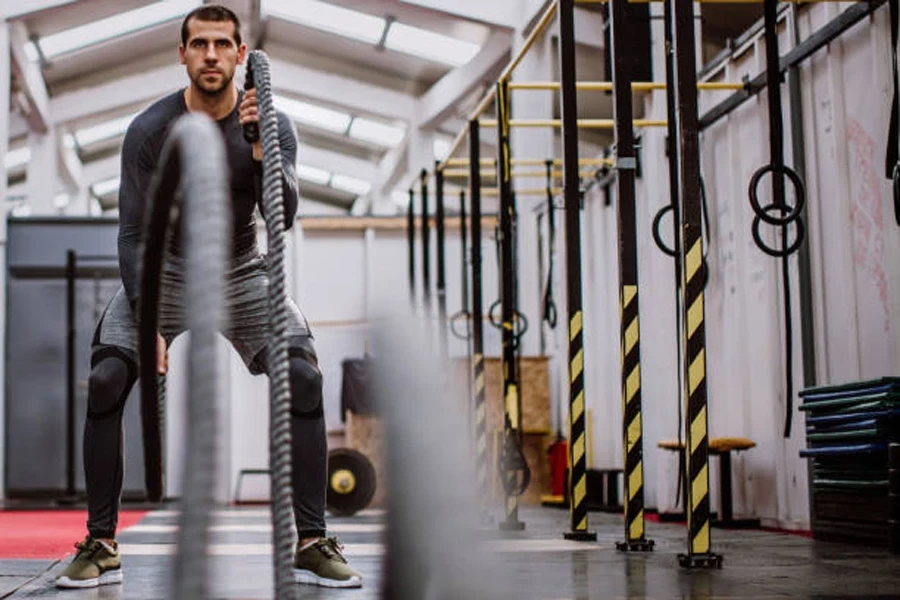
Sport-specific bicep supports can make a big difference in recovery, performance, and injury prevention. There are various types of bicep supports available to consumers, but not all of them are known to be consistently effective. By understanding the benefits of each bicep support, consumers will be better prepared to choose the one that’s right for them. This is why it’s important for businesses to provide a good selection of bicep supports to their buyers.
According to Google Ads, “bicep supports” has an average monthly search volume of 720. This number is fairly consistent throughout the year, but the biggest search volume appears in February, June, and August at 880 searches. This isn’t a big increase from the monthly average, which shows that demand for bicep supports is consistent throughout the year.
By looking more closely at the types of bicep supports consumers are most interested in, Google Ads also reveals that “bicep band” is the most searched for with 3,600 searches per month. This is followed by “bicep kinesiology tape” with 1,900 searches and “bicep compression sleeves” with 1,000 searches. Keep reading to learn more about each of these types of bicep supports.
Bicep bands
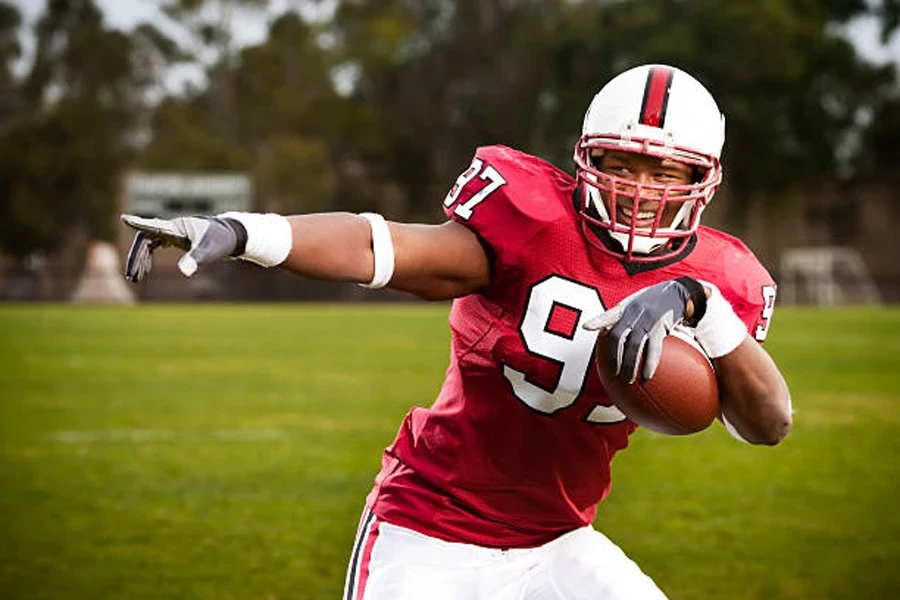
Bicep bands are designed to increase blood flow and reduce muscle tiredness. They’re available in different compression levels so that they can easily be adapted to suit the activity. Adjustable bands with Velcro straps are a popular option due to the ability to quickly adjust tightness, even in the middle of a workout or sporting activity.
Bicep bands have an ergonomic design, so that they fit comfortably around the bicep in a natural way without restricting movement. Consumers will need to consider the length and width of the band that they need so that it stays firmly in place and doesn’t cause discomfort. These bands should be durable, with high-quality stitching and reinforced seams, so that their reliability isn’t in question.
The materials used for bicep bands are very important. Spandex and elastic bands provide both support and breathability, which is what makes them popular. Neoprene bands are good for winter activities as they provide warmth, but they’re less breathable. Moisture-wicking fabrics are another alternative, and they’re known to reduce skin irritation and keep the skin dry.
In terms of sports, bicep bands are very versatile. They can be used for all types of activities, such as tennis, basketball, and football.
Bicep kinesiology tape
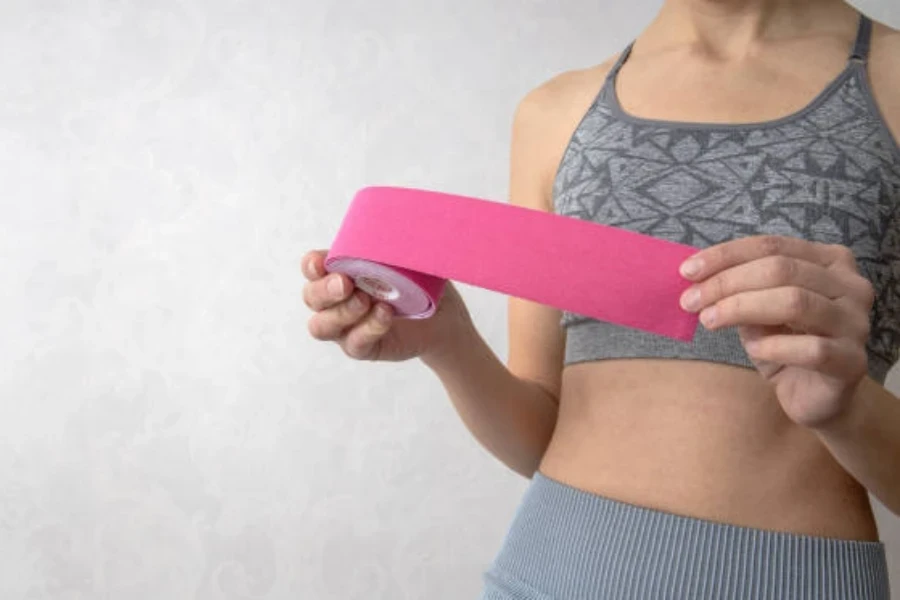
Some types of bicep supports can limit the range of motion. This is why bicep kinesiology tape is a popular option among consumers. This tape mimics the natural elasticity of the skin and can stretch up to 180% of its original length. The tape is designed to reduce swelling and pain by lifting the skin microscopically to improve blood circulation.
For sports that require a lot of dynamic movements, this tape is ideal if the consumer is looking for bicep supports to enhance their performance or help prevent injuries.
This tape is typically made from cotton or synthetic fibers, which offer water-resistant properties. The materials also allow air circulation and eliminate moisture buildup. To ensure the tape stays in place for the duration of the activity, it’s vital that a strong adhesive is used. Due to kinesiology tape being lightweight, consumers are able to wear it without worrying about it interfering with equipment or clothing.
Another big benefit of this bicep tape is its versatility. It can be applied in many different ways, along various muscles and joints, to provide the right type of support that’s needed.
Bicep compression sleeves
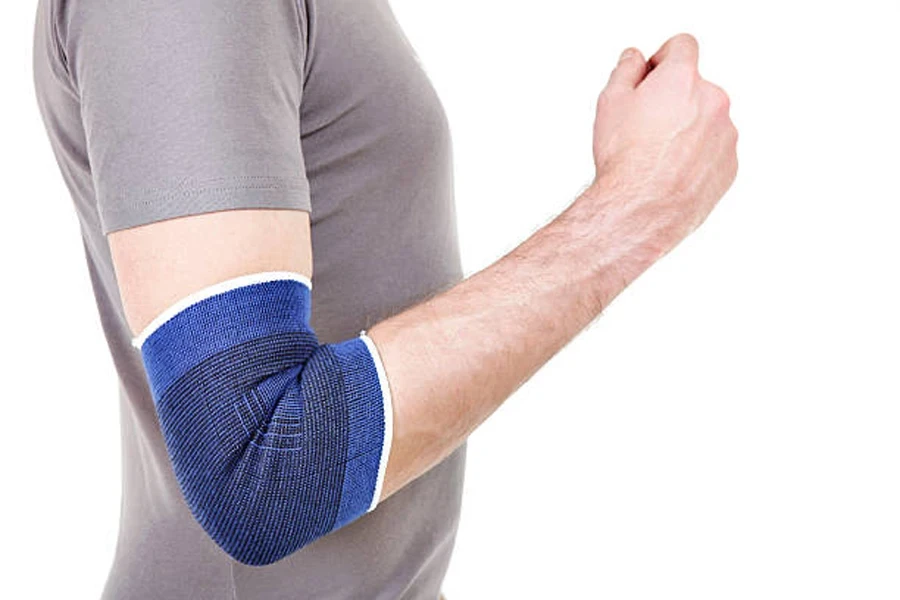
One of the most popular types of bicep supports is the compression sleeve. The sleeve is designed to compress areas where muscle fatigue is occurring and enhance blood flow. It’s also meant to support the muscles during physical activities. Unlike other types of bicep supports, compression sleeves can help to retain body heat and keep muscles warm, therefore reducing the overall risk of injury.
Bicep compression sleeves need to have a snug fit around the bicep so that they don’t cause discomfort or slip. Their ergonomic design allows the sleeves to fit naturally to the shape of the arm without causing irritation or chafing. Some compression sleeves may also feature non-slip silicone grippers or textured bands at the top and bottom as well.
Compression sleeves are usually made of breathable materials such as spandex, polyester, or nylon blends. All of these materials are known for their moisture-wicking properties as well as their elasticity, which is important for overall comfort. These sleeves can be used in all types of activities and are highly popular in sports such as track and field, basketball, weightlifting, and tennis.
Conclusion
Choosing the right bicep supports depends on a number of factors, but ultimately it comes down to the consumer’s personal needs. The most popular bicep supports today include the bicep band, bicep kinesiology tape, and the bicep compression sleeve. All of these bicep supports are able to help with blood circulation and reduce the risk of injury, but some are more suitable and comfortable for certain activities than others.
For more tips on trending products in the market, don’t forget to subscribe to the Alibaba.com Reads.
